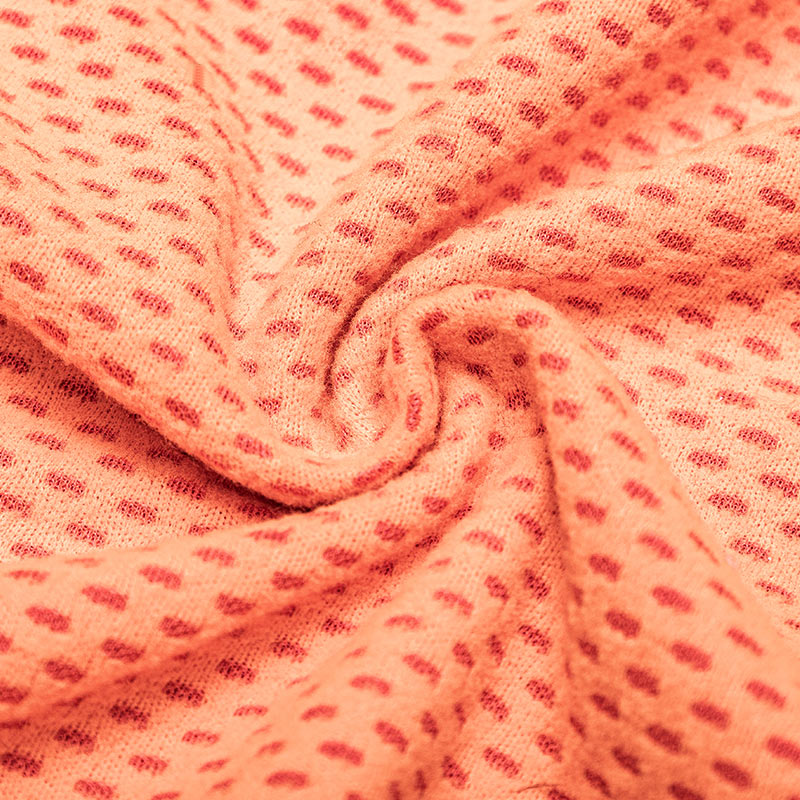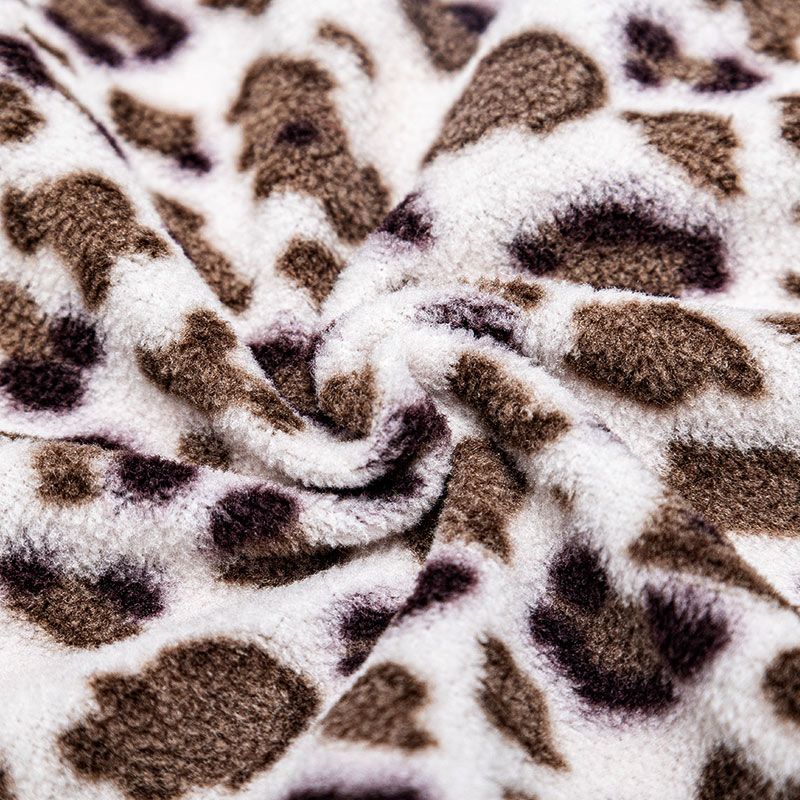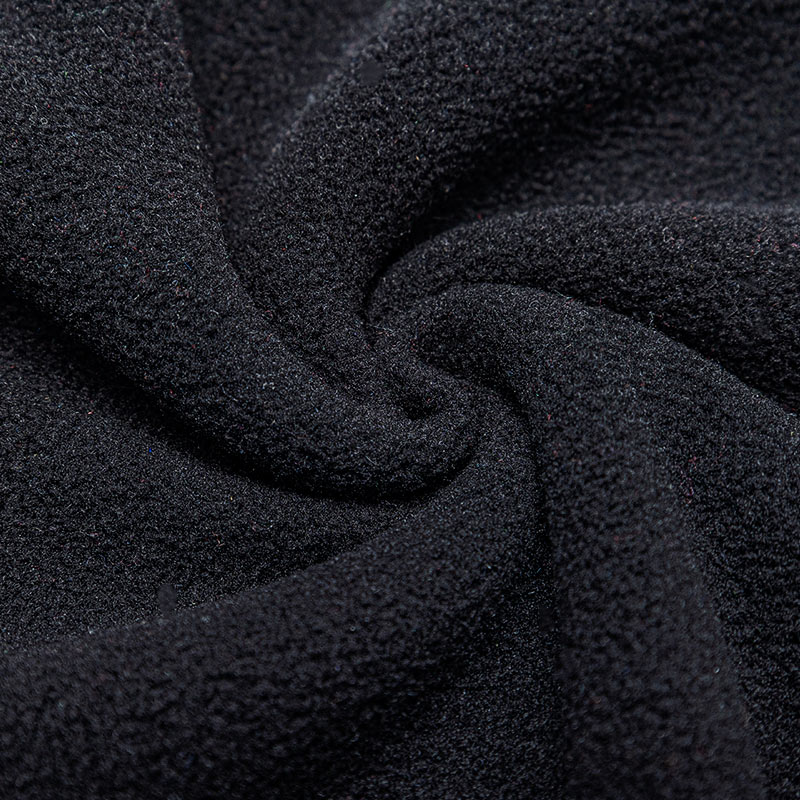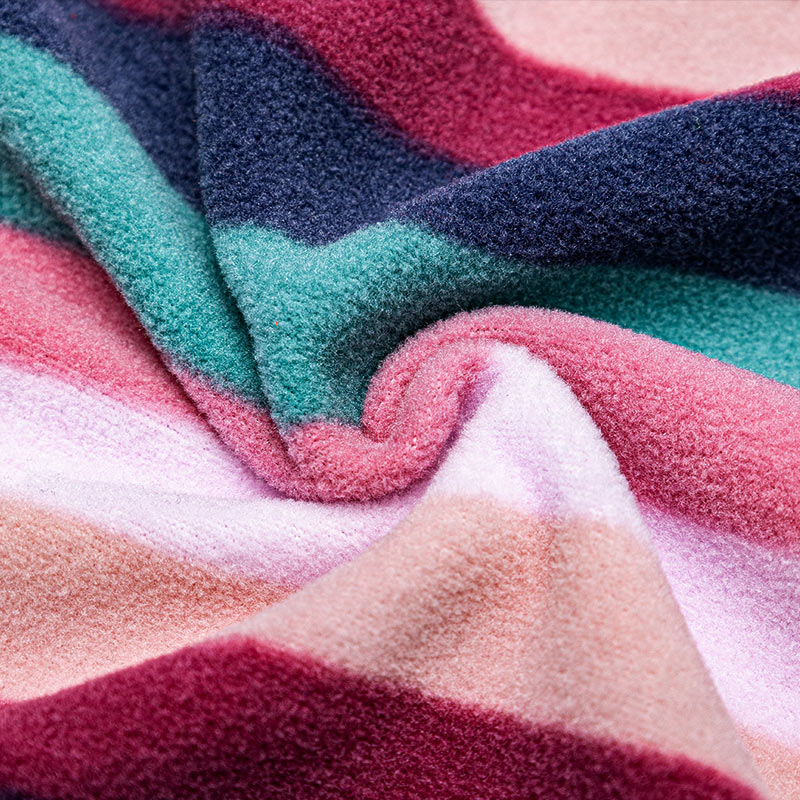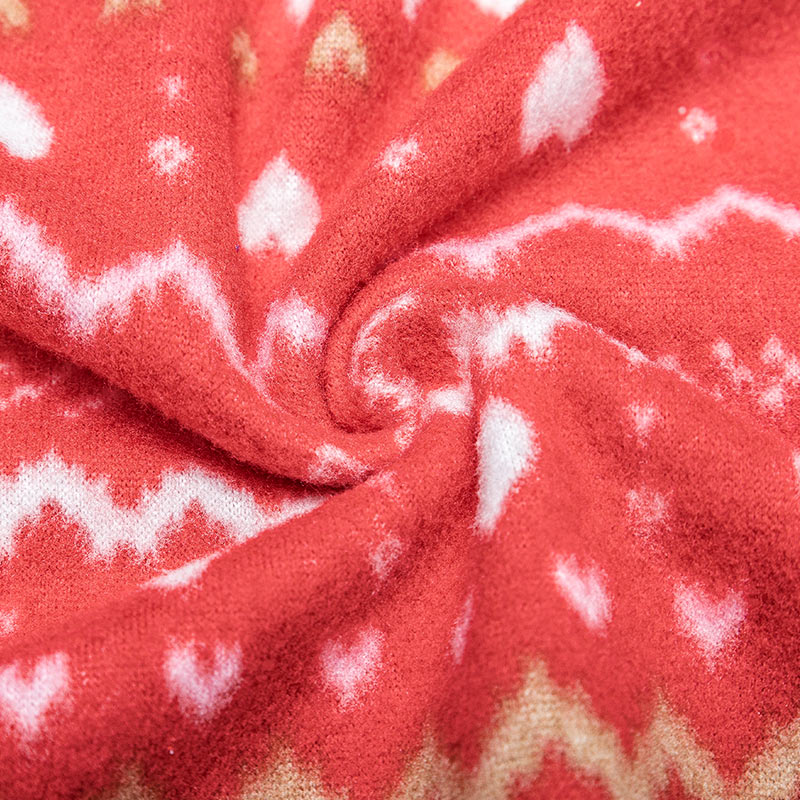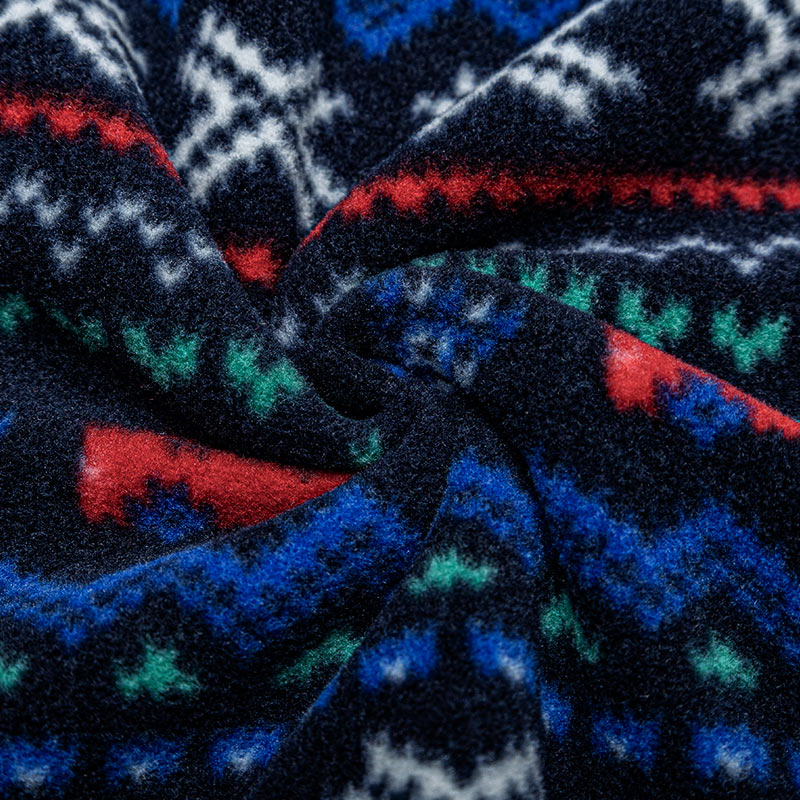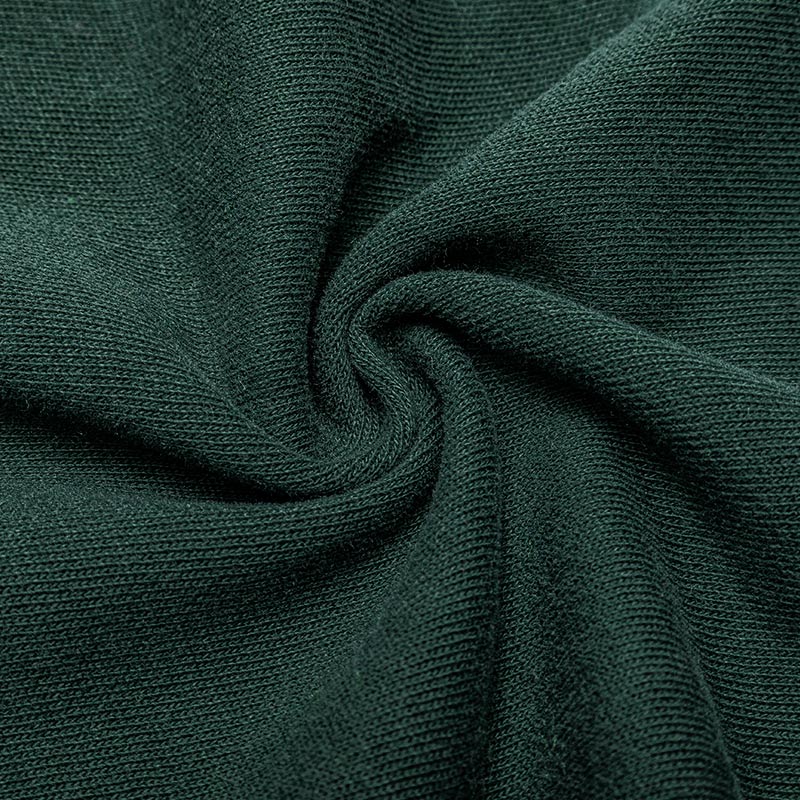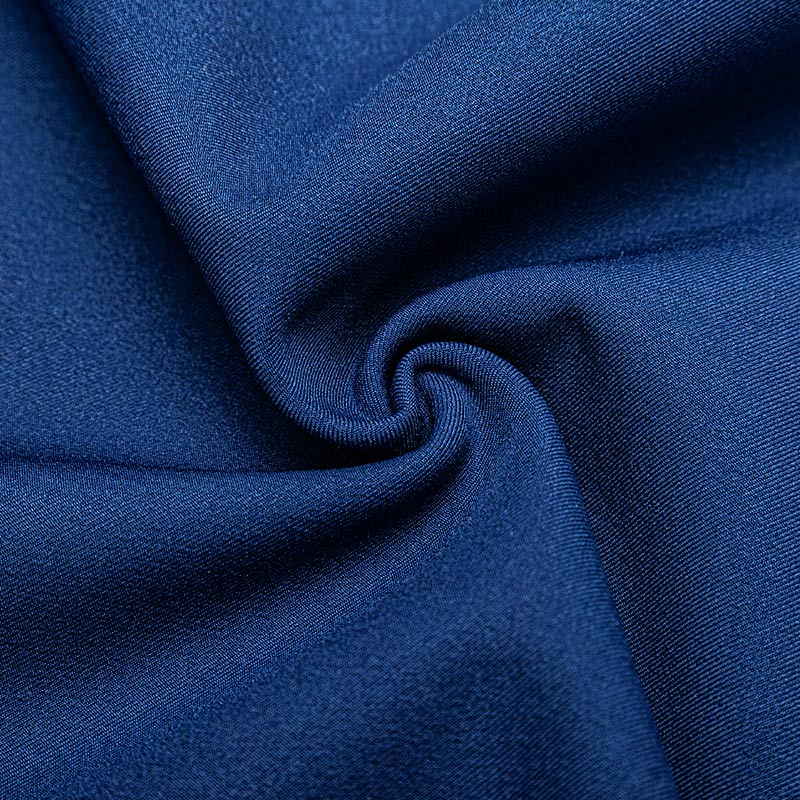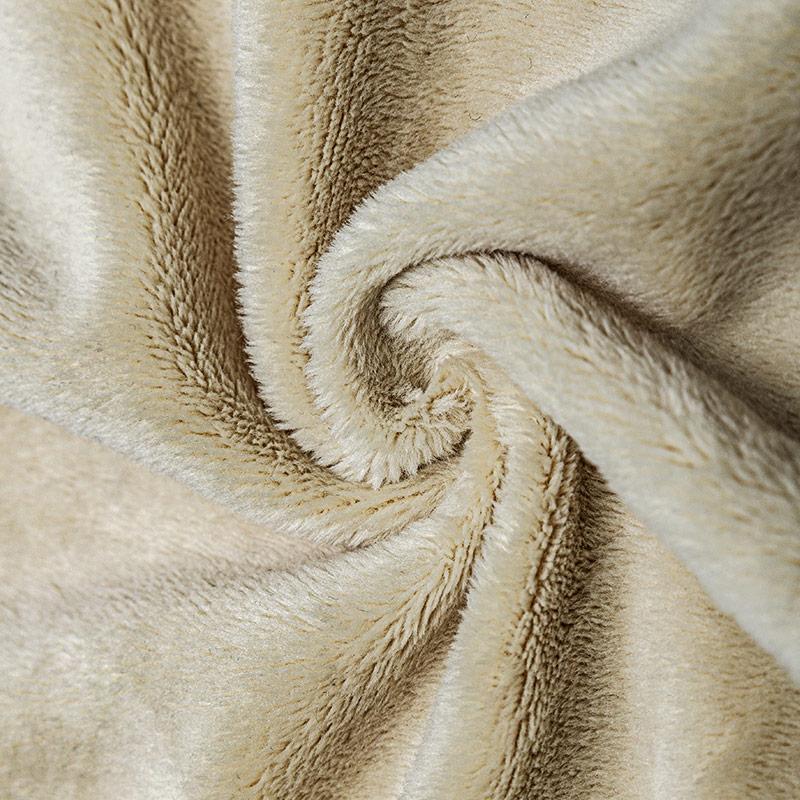Printing on
100% CD (combed) Single Jersey fabrics can be accomplished through various printing techniques. Here are some common methods used to realize printing on this type of fabric:
Screen Printing: Screen printing is a popular and versatile method for printing on fabrics. In this process, a stencil or screen with the desired design is created, and ink is forced through the screen onto the fabric using a squeegee. Each color requires a separate screen, making it suitable for designs with fewer colors.
Heat Transfer Printing: Heat transfer printing involves printing the design on a special transfer paper or film using sublimation or pigment inks. The paper is then placed on the fabric, and heat is applied, causing the ink to transfer and bond with the fabric fibers. Heat transfer printing allows for intricate and full-color designs.
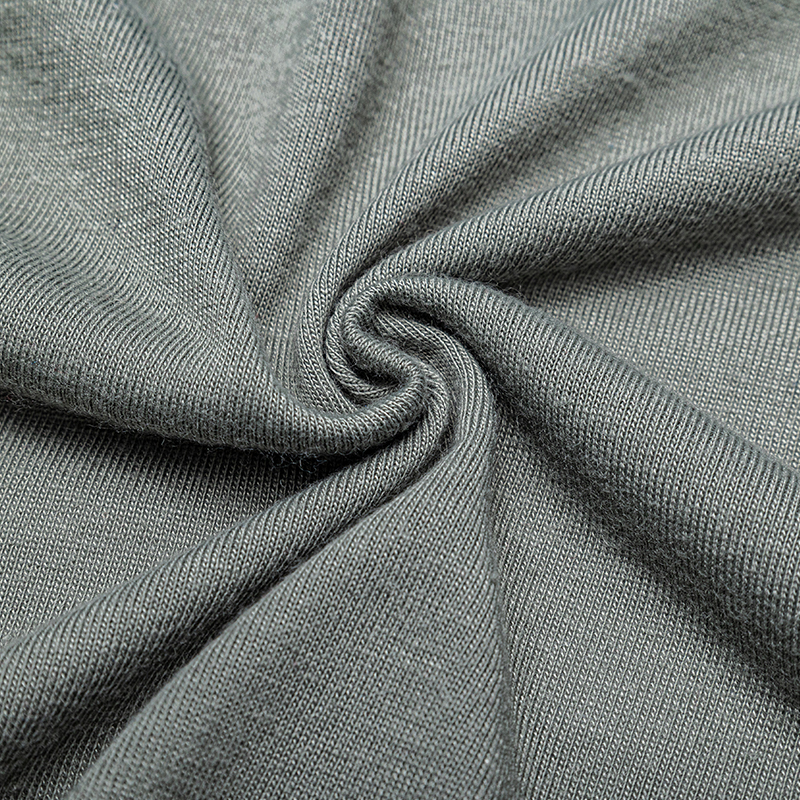
Direct-to-Garment (DTG) Printing: DTG printing is a digital printing method where the design is directly printed onto the fabric using specialized inkjet printers. It is suitable for complex designs and can produce high-quality, detailed prints.
Block Printing: Block printing is a traditional technique where the design is carved onto a block of wood, linoleum, or other materials. The block is then dipped in ink and stamped onto the fabric, repeating the process for the entire design.
Discharge Printing: Discharge printing is a method that involves removing the color from the fabric rather than adding it. A chemical agent is used to discharge the dye from the fabric, creating the desired design. It is often used on dark-colored fabrics.
Foil Printing: Foil printing adds a metallic or shiny effect to the fabric. Adhesive is printed on the fabric, and a metallic foil is applied and heat-pressed onto the adhesive, creating a reflective design.
Pigment Printing: Pigment printing involves applying pigment-based inks directly onto the fabric surface. It sits on top of the fabric rather than penetrating the fibers, resulting in a more vibrant print.
Water-based Printing: Water-based inks are eco-friendly and are applied to the fabric with a soft hand feel. They are absorbed into the fabric, resulting in a print that feels almost as if it's a part of the fabric.
When printing on 100% CD Single Jersey fabric or any fabric, it's essential to consider the fabric's properties, including its weave, weight, and color. Different printing methods may yield different results, and the choice of technique will depend on the desired outcome, complexity of the design, and budget considerations. It's also essential to use inks and printing techniques suitable for cotton fabrics to ensure proper adhesion and durability of the print.

